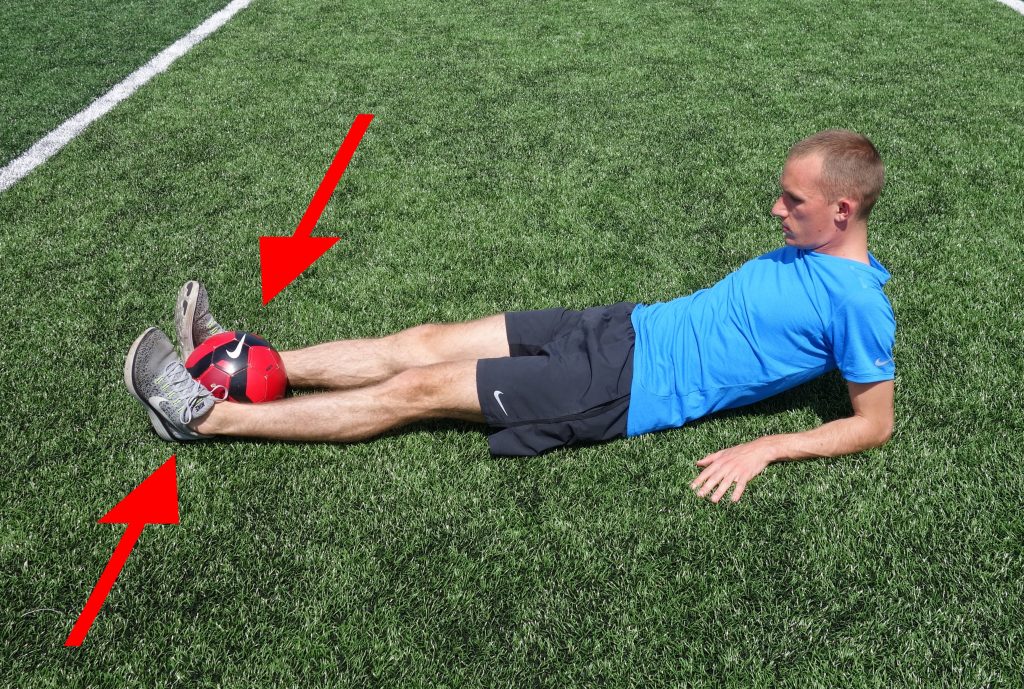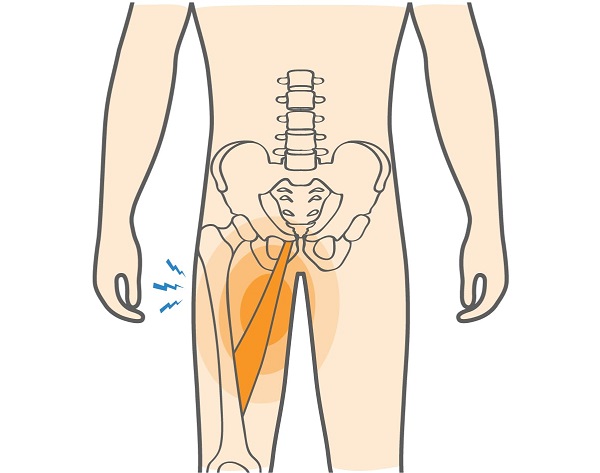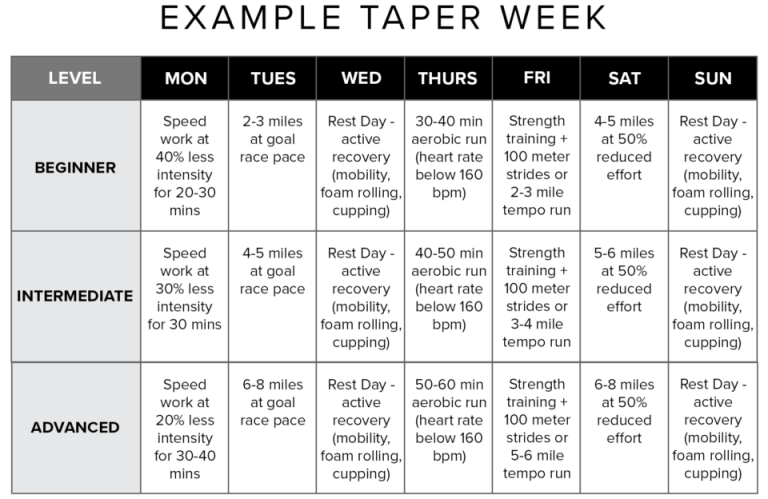Groin Pain After Running: Causes, Treatments, & Prevention
Groin pain after running can be caused by muscle strain or injury. Proper warm-up, stretching, and strengthening exercises can help prevent and treat this condition effectively.
When it comes to maintaining a regular running routine, understanding the causes, treatments, and prevention strategies for groin pain is crucial. It is important to listen to your body, address any discomfort promptly, and take necessary steps to prevent future injuries.
By following the right techniques and precautions, runners can minimize the risk of experiencing groin pain and continue enjoying their runs comfortably and safely. Let’s delve deeper into the causes, treatments, and prevention methods for groin pain after running.
:max_bytes(150000):strip_icc()/groin-strain-in-females-5113247_final-01-2f71ad2944014f8ab4d43083781e329b.jpg)
Credit: www.verywellhealth.com
Common Causes Of Groin Pain
Groin pain after running is a common issue that can be caused by various factors. Understanding the root causes of this discomfort is essential in order to effectively address and prevent it. Below, we explore the common causes of groin pain, including muscle strain and sports hernia, along with their corresponding treatments and prevention methods.
Muscle Strain
A muscle strain in the groin area can occur due to sudden movements or overexertion during running. This type of injury typically results from inadequate warm-up, overtraining, or improper form. Symptoms of a groin muscle strain may include pain, tenderness, and swelling in the affected area, which can significantly impact running performance. Adequate rest, ice therapy, and light stretching can help alleviate the discomfort and speed up the recovery process.
Sports Hernia
Unlike a traditional hernia, a sports hernia is characterized by a weakening or tearing of the soft tissue in the groin region rather than a noticeable bulging. This condition is often associated with activities that involve twisting, turning, or sudden changes in direction, such as running. Symptoms of a sports hernia may include persistent groin pain, stiffness, and discomfort during physical activity. Treatment may involve targeted physical therapy, anti-inflammatory medications, and in severe cases, surgical intervention.
Diagnosing Groin Pain
If you are experiencing groin pain after running, it is important to understand the underlying cause through accurate diagnosis.
Physical Examination
A physical examination by a medical professional is crucial in diagnosing the source of your groin pain.
Doctors will assess your range of motion, muscle strength, and areas of tenderness to pinpoint the exact location and severity of the pain.
Imaging Tests
In some cases, imaging tests may be recommended to get a clearer picture of the affected area.
- X-rays can reveal fractures or bone abnormalities.
- MRI scans are useful for detecting soft tissue injuries like muscle strains or tears.
- Ultrasounds can identify issues with tendons and ligaments.
Treatment Options For Groin Pain
When facing groin pain after running, it’s crucial to explore effective treatment options for relief. Here are some common approaches:
Rest And Ice
Resting the affected area and applying ice can help reduce inflammation and alleviate pain.
Physical Therapy
Engaging in physical therapy exercises can strengthen the muscles around the groin, promoting faster healing.
Medications
Some medications, such as anti-inflammatories, may be recommended by healthcare professionals to manage pain and swelling.
Preventing Groin Pain
Groin pain after running can be a real setback for any athlete or fitness enthusiast. Thankfully, there are measures you can take to minimize the risk of experiencing this discomfort. By incorporating certain preventative strategies into your routine, you can significantly reduce the likelihood of enduring groin pain after running.
Warm-up And Stretching
Prioritize warming up before engaging in strenuous physical activity such as running. Begin with 5-10 minutes of light cardio, like brisk walking or gentle jogging. Follow this by dynamic stretches, focusing on the muscles in the groin region. Leg swings, hip rotations, and lunges are effective for preparing these muscles for the demands of running.
Gradually Increasing Intensity
Avoid sudden spikes in training intensity, as this can put excessive strain on the groin muscles and lead to injury. Instead, aim to gradually increase your running volume and speed. A general rule of thumb is to not elevate your mileage or pace by more than 10% each week. This gradual approach allows the muscles in the groin area to adapt and strengthen, reducing the risk of strain and pain.
When To Seek Medical Help
Experiencing groin pain after running can be uncomfortable and concerning. While some minor pain and discomfort can be expected after a run, it’s important to know when it’s time to seek medical help. Ignoring persistent pain or difficulty walking can lead to more serious issues down the line. By understanding the signs that it’s time to consult a medical professional, you can address the problem promptly and prevent further complications.
Persistent Pain
If you are experiencing persistent groin pain that lasts longer than a few days, it’s crucial to seek medical attention. Persistent pain can indicate an underlying issue that may require specific treatment. It’s advisable not to ignore this pain, as it may worsen over time and significantly impact your running or daily activities.
Difficulty Walking
If you are experiencing difficulty walking or have noticed a significant decrease in your mobility due to groin pain, it’s important to see a healthcare provider as soon as possible. Difficulty walking can indicate a more severe condition that requires immediate attention. Ignoring this symptom can worsen the situation and make it more challenging to recover.
Remember, your health is essential, and seeking medical help when needed is crucial for your well-being. Don’t hesitate to reach out to a healthcare professional if you experience persistent pain or difficulty walking after running.

Credit: runnersconnect.net

Credit: www.injurymap.com
Frequently Asked Questions Of Groin Pain After Running: Causes, Treatments, & Prevention
Why Does Running Cause Groin Pain?
Running can cause groin pain due to muscle strains, overuse injuries, or hip joint problems.
How Can I Treat Groin Pain After Running?
To treat groin pain after running, you can rest, ice the area, perform gentle stretching exercises, and take over-the-counter pain relievers.
How Can I Prevent Groin Pain When Running?
To prevent groin pain when running, make sure to warm up properly, wear supportive footwear, gradually increase your running intensity, and cross-train with strength exercises.
Conclusion
Understanding the causes of groin pain after running is crucial for effective treatment and prevention. By addressing the underlying issues such as muscle imbalances, poor running form, and overuse, individuals can proactively manage this discomfort. Incorporating proper warm-ups, cool-downs, and strength training exercises can significantly reduce the risk of experiencing groin pain during running sessions.
It’s also essential to seek professional guidance and adjust training routines to ensure long-term running success and injury prevention.






